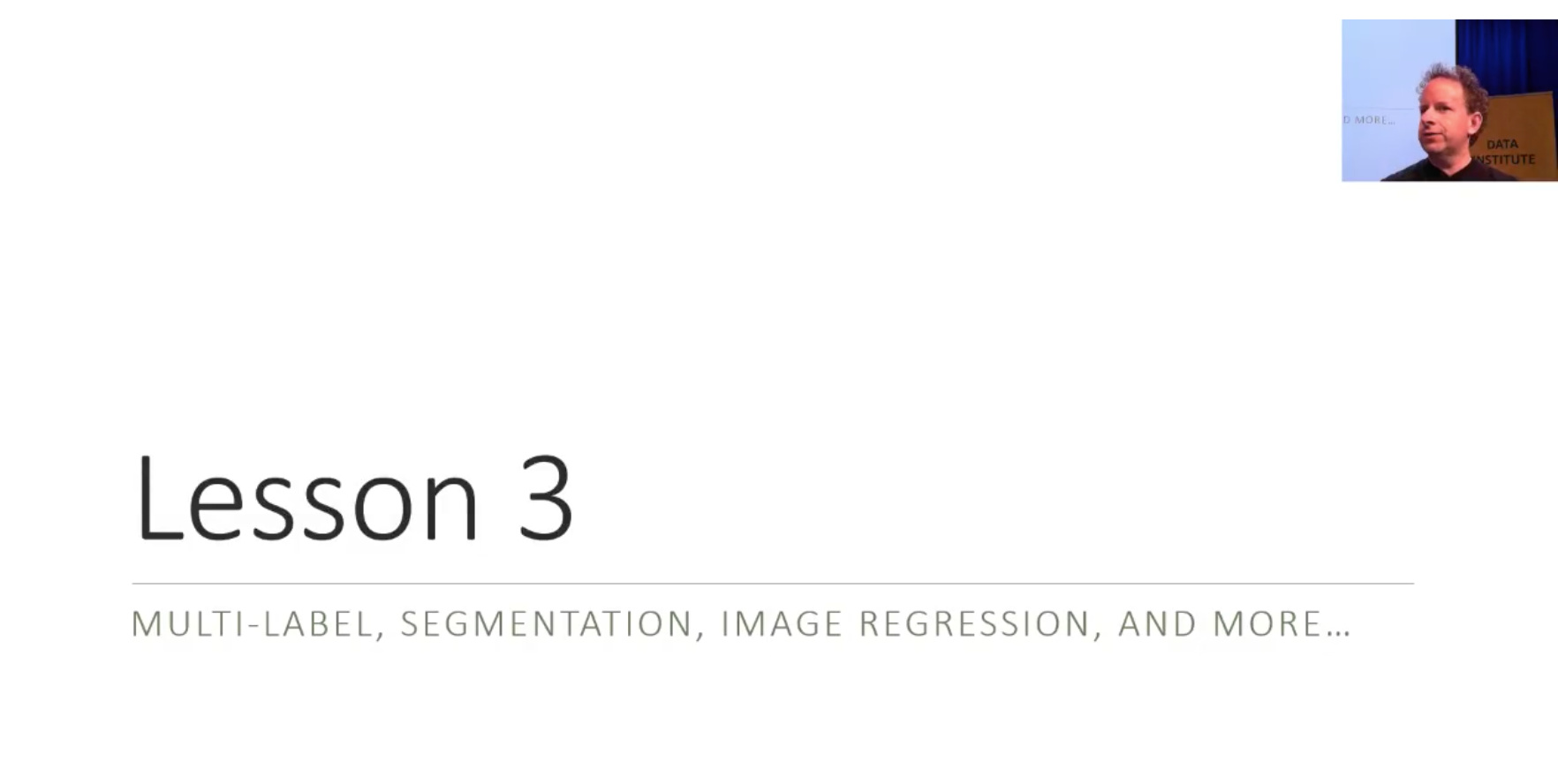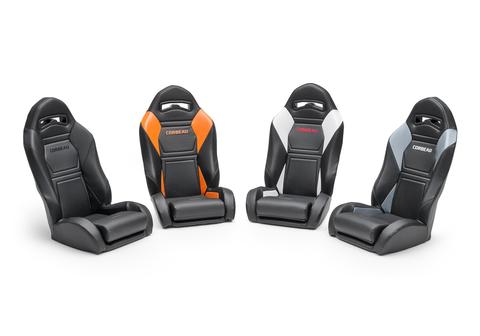

- #Fastai multilabel evaluation how to#
- #Fastai multilabel evaluation full#
- #Fastai multilabel evaluation code#
- #Fastai multilabel evaluation trial#
How are the files and folders in the MNIST_SAMPLE dataset structured? Why? where each of the matrices is the different shades of red, green, and blue. It contains three 2-dimensional matrices which contain pixel values that represent the intensity of color for each pixel in the image. The Color Image is an image with three channels that are represented as a 3-dimensional matrix. It contains pixel values that represent the intensity of light for each pixel in the image where zero is a black pixel, 255 is a white pixel, and all the values in between are the different shades of gray pixels. The G rayscale Image is an image with one channel that’s represented as a 2-dimensional matrix. How is a grayscale image represented on a computer? How about a color image? So if you read the questionnaire first, you can find out which things we think you should know before you move on, so please make sure to do the questionnaire before you move onto the next chapter. And the reason for that, is because we tried to think about what we wanted you to take away from each chapter. We’ve spent many weeks writing the questionnaires. It also covers some of the mechanics of the training process which includes tensor operations, activation functions, loss functions, optimizer functions, and learning rate.

It provides a detailed introduction to measuring the loss, calculating the gradient, and updating the weights. Hence we turn it off.The 4th chapter of the textbook provides an overview of the training process.

Thus, adding a perspective warp to the training data set will make it unrepresentative of real satellite images. But for satellite, it always views the ground from the same perspective–high up above the ground in the space. It is handy when it comes to data sets like pets and cars, which clearly can be viewed from different perspectives you can look at the dog from atop, or on the same level when staying close to the ground and playing with it. Max_warp will change the perspective of the picture.
#Fastai multilabel evaluation trial#
The max_lighting and max_zoom parameters are set by trial and error to their best values. In case of satellites however, we can also flip the images vertically as satellite images have no orientation. If we are designing a face detection algorithm, we can randomly flip some images horizontally to get a better data set. Why do we transform our images? We do it in order to give more variety to our data set and help our model learn well. In the first step, we apply a number of transforms to our images.
#Fastai multilabel evaluation full#
The full jupyter notebook can be found here.
#Fastai multilabel evaluation code#
Machine Learning using Logistic Regression in Python with Code
#Fastai multilabel evaluation how to#
How to train a neural network to code by itself ?Ĥ. How Can We Improve the Quality of Our Data?ģ. Bursting the Jargon bubbles - Deep LearningĢ. Now that we know that labeling these images is important, let’s proceed to finding out how we actually do it and what kind of metric do we use for the same. Source: Labeling Satellite Imagery with Atmospheric Conditions and Land Cover Utilizing automated analysis of satellite images to detect these markers can enable faster and more effective responses to activity that indicates or precedes deforestation. Combating deforestation requires detection and understanding of markers of human activity over large regions of Earth. But why is this important?ĭeforestation in the Amazon basin contributes to reduced biodiversity, habitat loss, climate change, and other devastating effects. In this article we will be labeling satellite images. An example of this would be the various tags associated with medium articles. A multi-label classification problem is one in which a list of target variables is associated with every row of input.


 0 kommentar(er)
0 kommentar(er)
